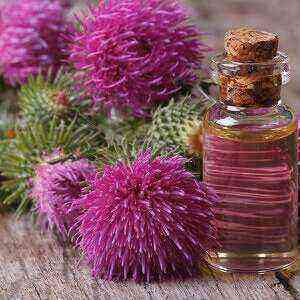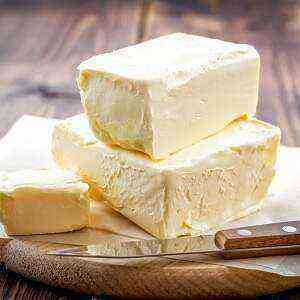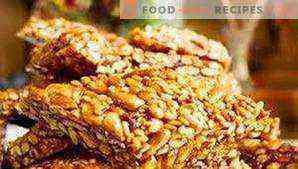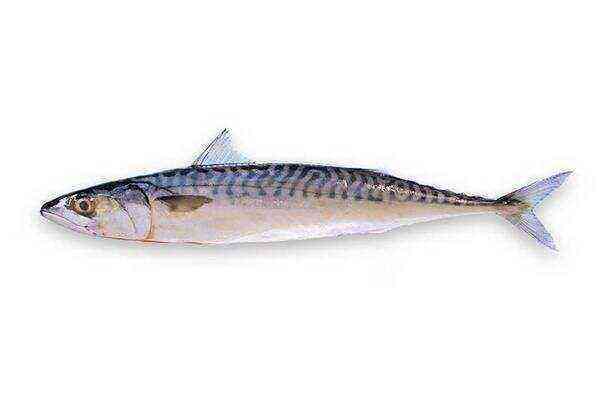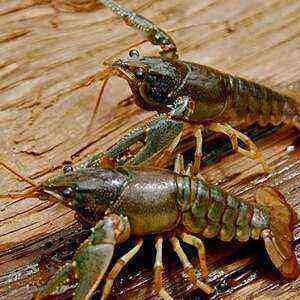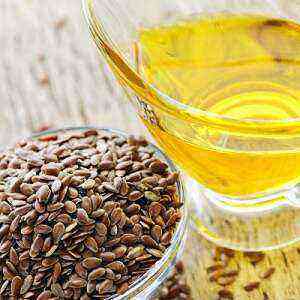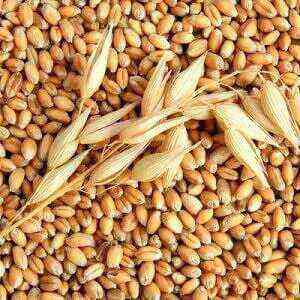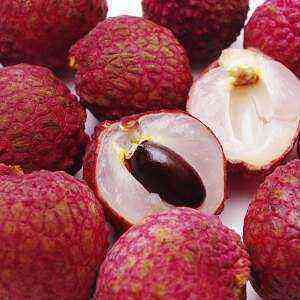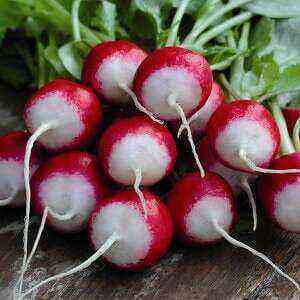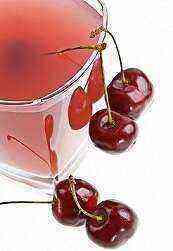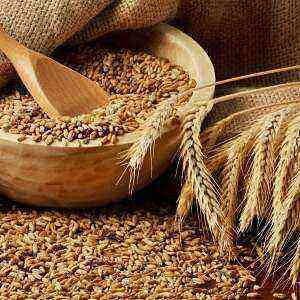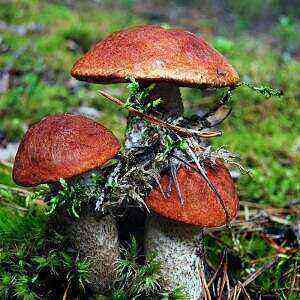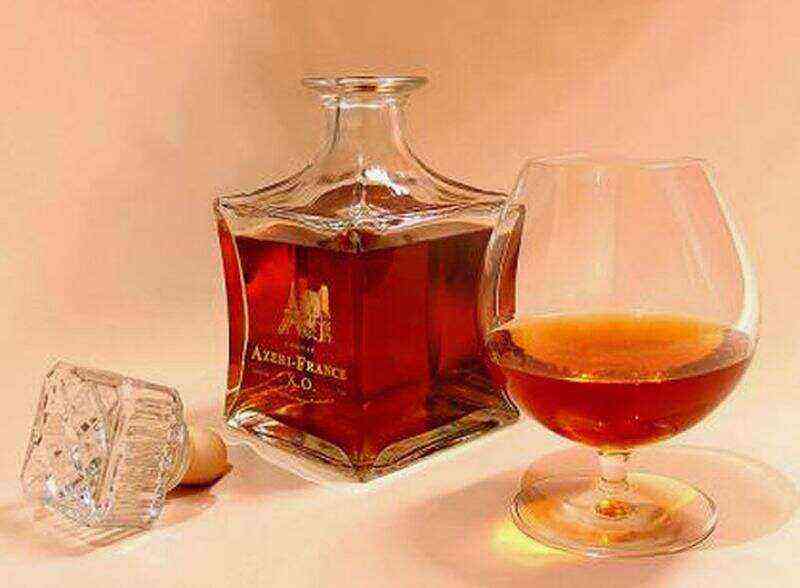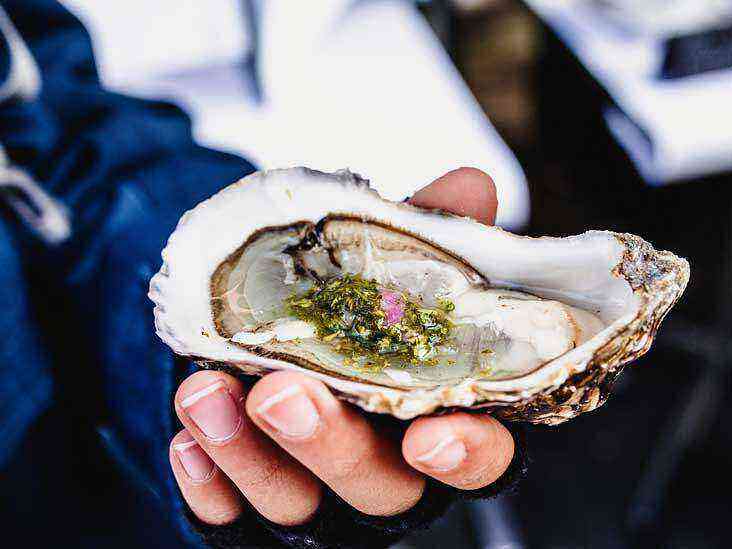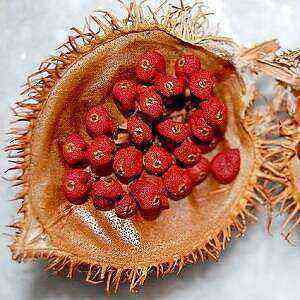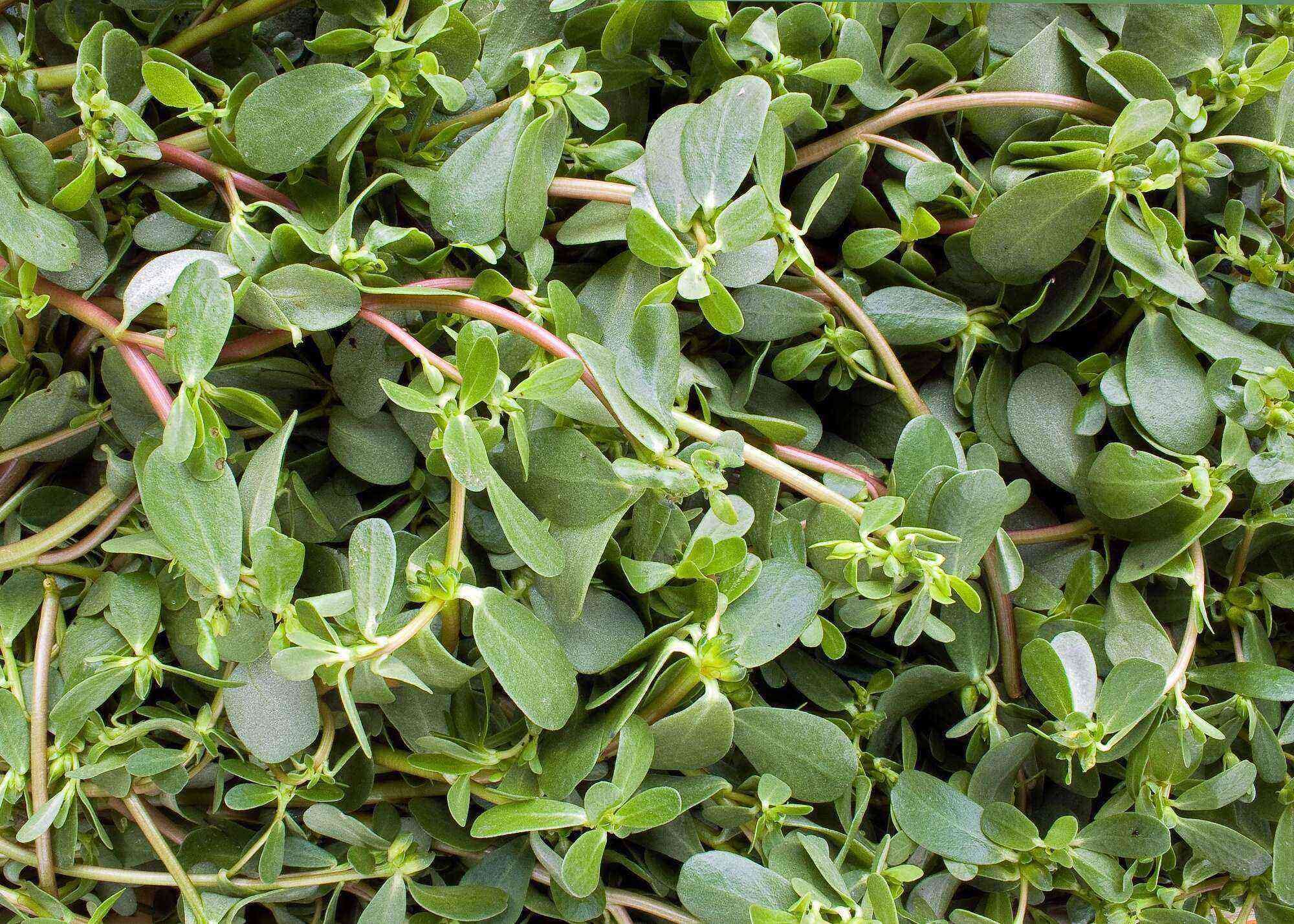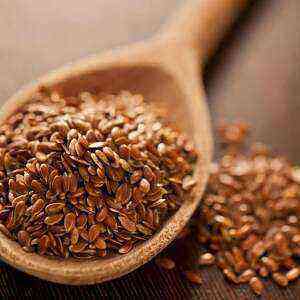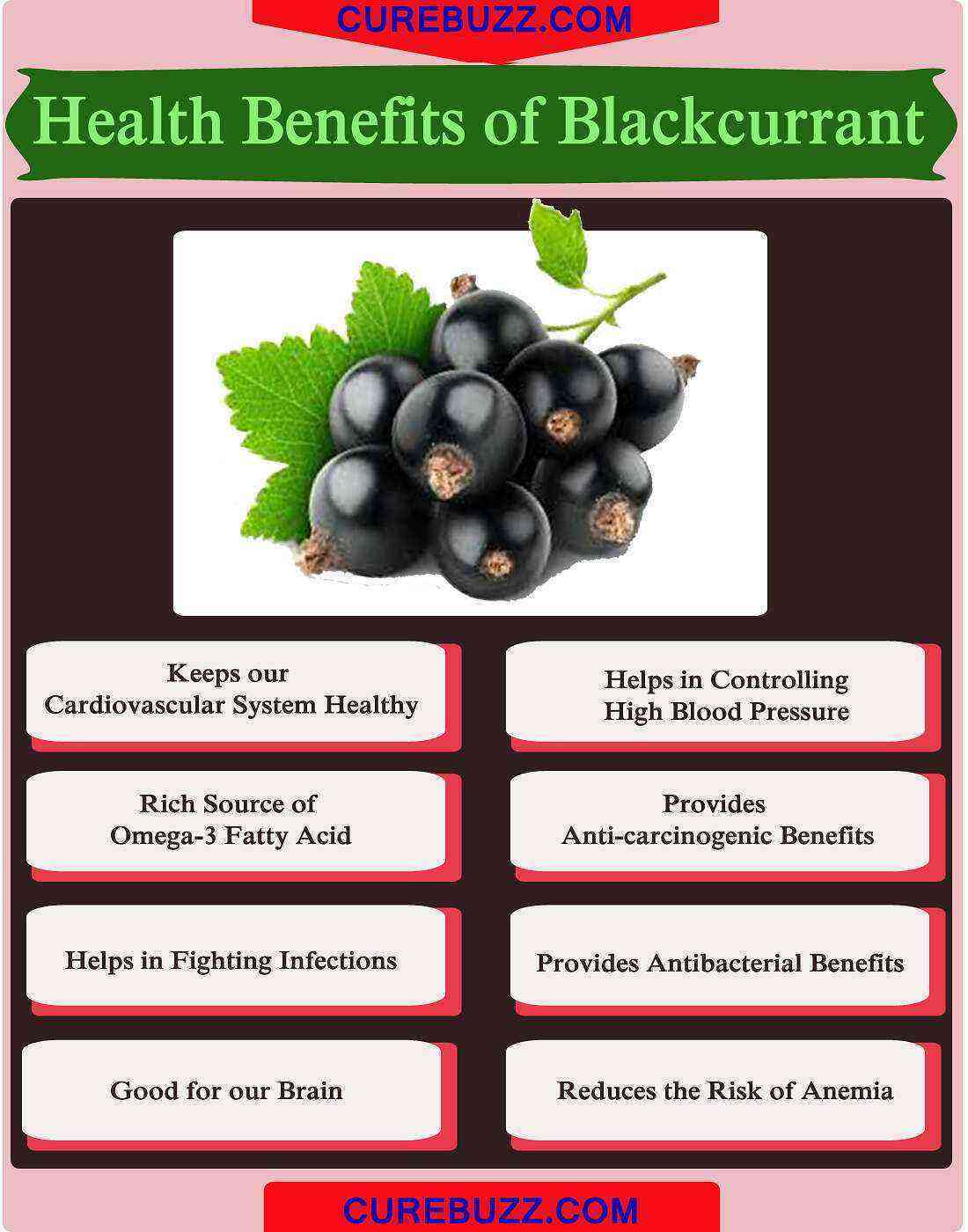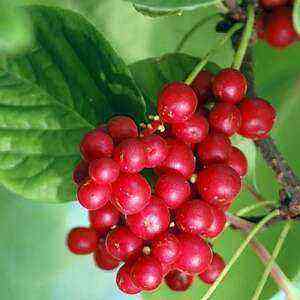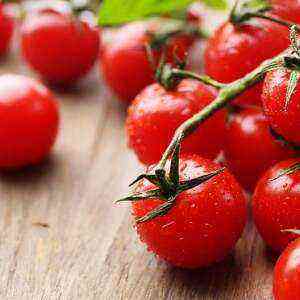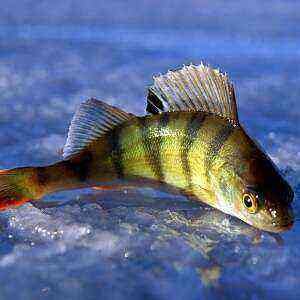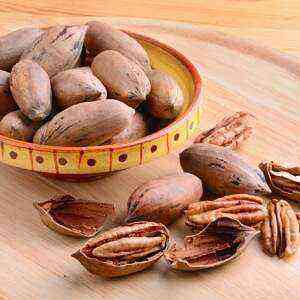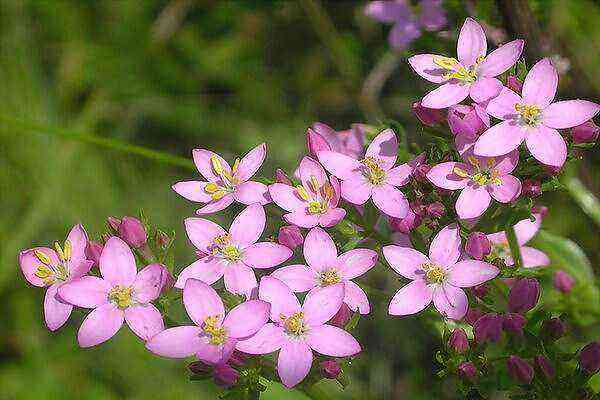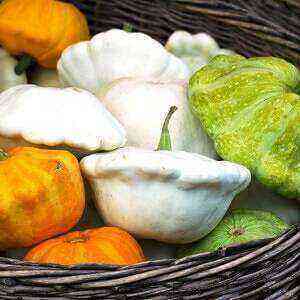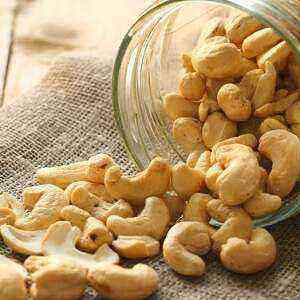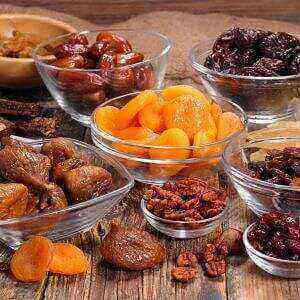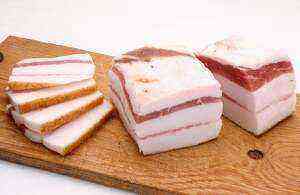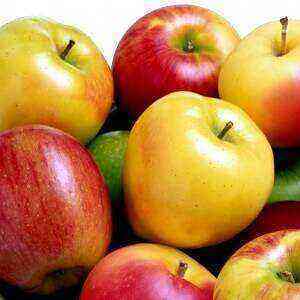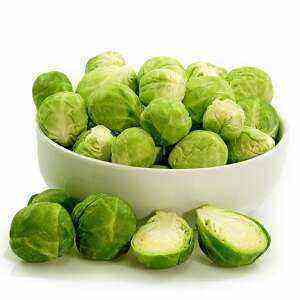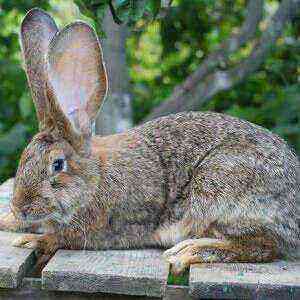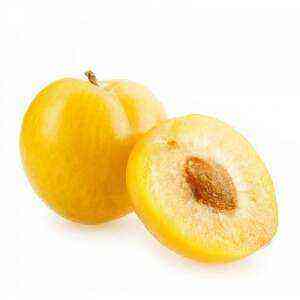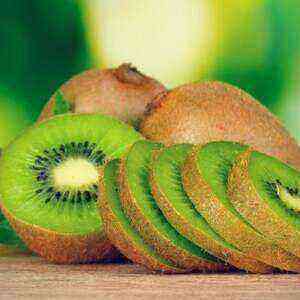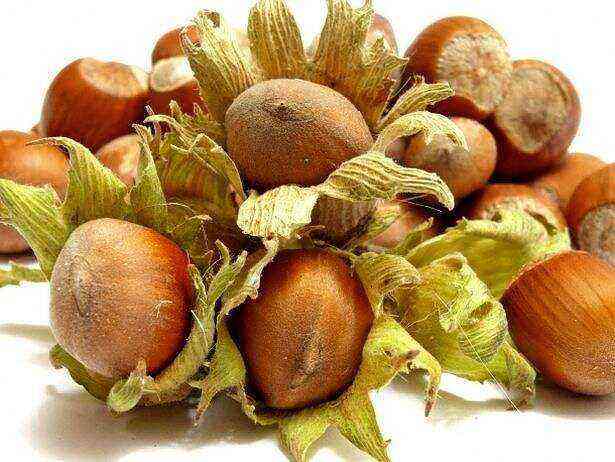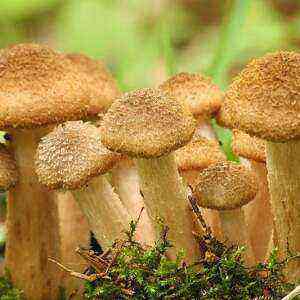
Such different mushrooms …
Honey mushrooms are one of the most common mushrooms in the world. From a scientific point of view, the Openok group of mushrooms is the most “motley” one. For non-biologists, these are mushrooms growing on stumps or trees (hence the name), but for scientists this group is much broader. It includes mushrooms from the forest floor and growing in the grass.
But still, most honey agarics are parasites that feed on dead and living wood and can cause serious damage to forests.
But there is another more exciting ability in these mushrooms – they belong to bioluminescent organisms. This means that mushrooms glow in the dark. But these greenish reflections are so faint that under normal conditions, even on a moonless night in the middle of the forest, it is almost invisible.
Different types of honey agarics can have different shapes and colors. Their smooth caps range from red-brown to yellow-brown shades. In shape, there are small rounded, bell-shaped or flat ones. And the mushrooms themselves can appear either singly or in families, which sometimes consist of several dozen mushrooms.
Are mushrooms edible?

Novice mushroom pickers, perhaps, have heard about false mushrooms, which, although they resemble real ones, are poisonous. However, not everything is so simple: even researchers find it difficult to determine to which category a particular specimen should be assigned. These are such diverse and unique organisms that some do not at all resemble honey agarics. But the most interesting thing is that some representatives of the species are able to change their appearance, depending on weather conditions or the characteristics of the wood they feed on. Experienced mushroom pickers and mycologists are ready for such transformations of honey agarics, but for beginners it is difficult to identify edible and inedible only by their typical external characteristics.
Inedible and conditionally edible mushrooms are considered to be “false”.
But the danger is that even conditionally edible ones have poisonous counterparts. If among the collected mushrooms and lost “false”, then after thorough soaking and proper preparation, they will not cause poisoning. Doubles are just as dangerous as pale toadstools. But the dangers do not end there either. You can also get poisoned with real mushrooms, especially the old representatives of the “family”. Poorly washed or undercooked causes dizziness, nausea, and vomiting. In some, poisoning is accompanied by an increase in blood pressure, tachycardia, nosebleeds, in severe cases, hemorrhages in the brain tissue.
Poisoning with other poisonous gifts of the forest manifests itself differently. The first signs are a sharp drop in blood pressure, bradycardia, loss of consciousness. Further, within 4-6 hours after eating a poisonous mushroom, vomiting, diarrhea, intestinal colic appear, which are poorly eliminated with medication. Most cases of poisoning with false mushrooms are fatal.
Types of edible mushrooms
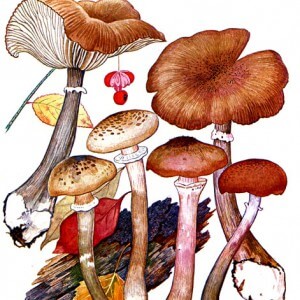
Winter honey fungus, or Flammulina velutipes
Fruiting of this species begins at the end of September, and, if weather conditions permit, will yield crops during the winter. You can find this mushroom on the remains of deciduous trees. Recognizable thanks to the smooth honey-brown cap (hemispherical in young mushrooms and flat in old ones). At high air humidity, the cap becomes slippery. The plates underneath are creamy, as is the flesh on the cut. But there should not be any scales or rings on the leg – this is a sign of poisonous twins.
Scientists attribute this mushroom to conditionally edible, and mushroom pickers – to the most delicious representatives of honey agarics. Some of them are grown in their summer cottages or on the balcony. They say that homemade winter mushrooms are even tastier than forest mushrooms. Besides, they are definitely safe.
Spring honey fungus, or Collybia dryophila

White slimy honey fungus, or Oudemansiella mucida
They are also spring-summer mushrooms. White slimy mushrooms “settle” on fallen trees, live beeches and maples, the trunks of which they can “stick around” to the very branches. They are creamy gray, sticky in any weather, their stem with a ring, but no scales. Mushroom pickers and mycologists agree that it is a safe, tasty and aromatic mushroom.
Summer honey fungus, or Kuehneromyces mutabilis
It grows on birch stumps, and in mountainous regions – on the remains of conifers, in August-October. Easily recognizable in rainy weather, when its 8cm sticky cap attracts moisture and becomes two-tone (light brown in the center, dark brown or brown around the edges). In sunny weather, the mushrooms are monochromatic, honey-yellow. Young ones have a convex hat, old ones have a flat-convex one. Distinctive features: a leg with small scales and a ring, brown-cream plates under the cap.
Autumn honey fungus, or Armillaria mellea
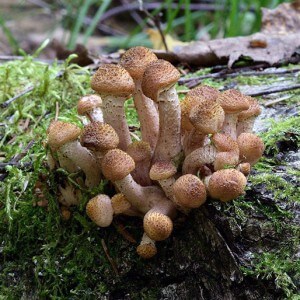
Garlic
This is the so-called atypical representative of honey agaric, a characteristic feature of which is a pronounced garlic smell. It never grows on wood, it does not have a ring on a leg characteristic of a mushroom. Garlic grows on dry forest floor from late summer to autumn. This is a small mushroom, its cap is not more than 5 cm in diameter (in the old representatives it is open or even slightly turned out), and the leg is not thicker than half a centimeter. Garlic plants range in color from brownish to white, and the tough legs are brownish-black. Garlic plants are eaten fresh, they are good for pickling, as well as for preparing seasoning from dried mushrooms.
Meadow honey
Also atypical honey agaric growing among the grass in meadows, glades, pastures, in gardens, near roads. Usually, meadow mushrooms appear in the first days of summer and bear fruit until October. But they grow in a very specific way – forming rows or circles in the grass, which are popularly called witch’s rings. This type of mushroom is recognized by the absence of a ring on the leg, by a small (up to 5 cm) cap, light at the edges and brown in the center, as well as a pleasant taste and smell. It is thanks to these gastronomic characteristics that the small meadow mushroom is very popular among mushroom pickers.
Common false mushrooms
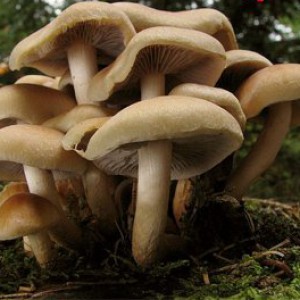
Sulfur-yellow mushrooms appear in the spring on decaying stumps of deciduous trees. Their rounded yellow-olive caps and yellow-green or violet-brown plates are a clear sign of poisonousness. The taste and smell of the pulp is bitter.
Candoll’s false mushroom can also be confused with summer mushrooms due to inexperience. Groups of these organisms “inhabit” stumps and living deciduous trees (mainly in the shade, from May to September). They are recognized by their almost white color, the absence of a ring on the stem, and by their grayish or dark brown plates. After prolonged soaking and several hours of cooking, they are quite acceptable as food.
An extremely dangerous twin of summer honey agarics is the bordered gallery. This mushroom is slightly smaller than the summer mushroom (the cap is up to 4 cm), the leg is not scaly, but fibrous, but otherwise very much resembles an edible mushroom. It appears in different forests from June to October, most of all it loves rotten coniferous stumps and ignores birch ones. In terms of the content of toxic substances, it is equated to a pale toadstool.
Fatfoot honey fungus resembles an autumn mushroom, and some mushroom pickers consider both specimens to be a variety of the same species. The main signs of false autumn mushrooms: they “live” on the litter, bear fruit constantly, and not in waves, the lower part of their legs is thicker. But even if such a mushroom did end up in the basket, don’t worry – it’s edible. But it is advised to use only hats for food, since the legs are very hard.
Yellow-red honey agaric appears at the end of August on coniferous wood. It differs from the autumn edible “brother” in its excessively bright color, smaller size (caps up to 7 cm), the absence of a ring and the bitter taste of the pulp.
The brick-red mushroom, which appears in the midst of the autumn mushroom season, is called poisonous. Identified by a red velvety cap, lack of scales and a ring on the leg. It is more often found in deciduous forests, where there is a lot of sun and fresh air, less often in forests.
No less dangerous double of the garlic and meadow mushroom is the whitish talker (deadly mushroom). Its main feature is the grayish-white color of the cap, which, unlike meadow mushrooms, is flat.
The benefits and harms of mushrooms

Researchers have proven the anti-microbial and anti-cancer properties of these mushrooms. They are useful for getting rid of hemolytic E. coli and Staphylococcus aureus, and as a medicinal food for thyroid dysfunction. Phosphorus-rich honey mushrooms are useful for strengthening bones, improving teeth and adequate functioning of the central nervous system. Copper and zinc make the product important for the peripheral nervous system as well as for spinal health. Some members of the mushroom family contain a lot of vitamin A, which makes them beneficial for vision, maintaining skin elasticity, and strengthening hair. Thanks to vitamins E and C, these mushrooms have a beneficial effect on the immune and hormonal systems.
But for persons with diseases of the digestive system, it is better to refuse this product. Another point to be aware of: honey mushrooms are not the best source of amino acids. The assimilation of proteins from honey fungus is several times lower than from porcini mushrooms. Even a healthy body assimilates honey mushrooms poorly in combination with yeast dough. And when frying, the pulp of the mushrooms absorbs fat very quickly and in large portions. Pickled or salted mushrooms, loved by many, can cause swelling, and large portions of autumn ones can cause diarrhea. Boiled mushrooms are considered the most useful.
How to grow winter mushrooms
This is perhaps the only mushroom that can be grown not only in the garden, but also on the balcony or windowsill.

Despite the fact that Europeans are not very fond of these mushrooms, they remain tasty and healthy. The main thing is to know which ones are edible and which ones you should stay away from. And every housewife knows what to cook from fragrant honey mushrooms.

